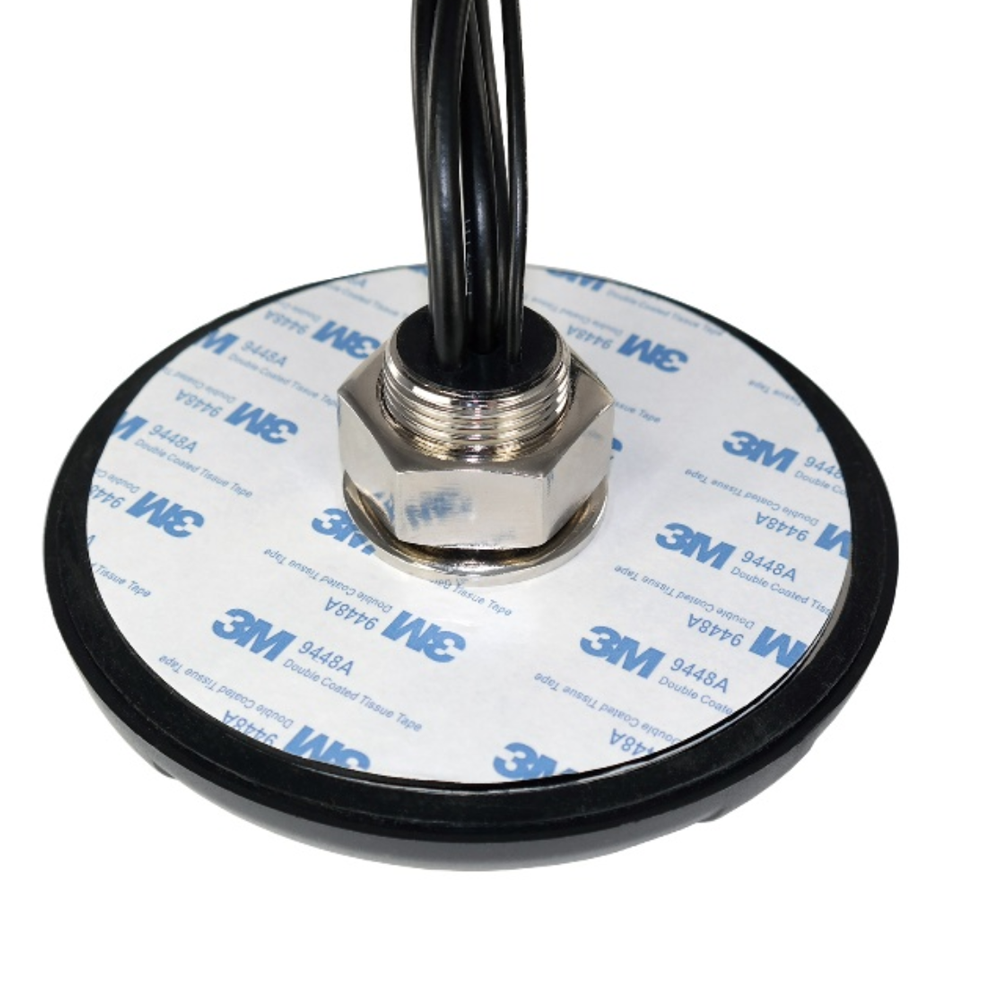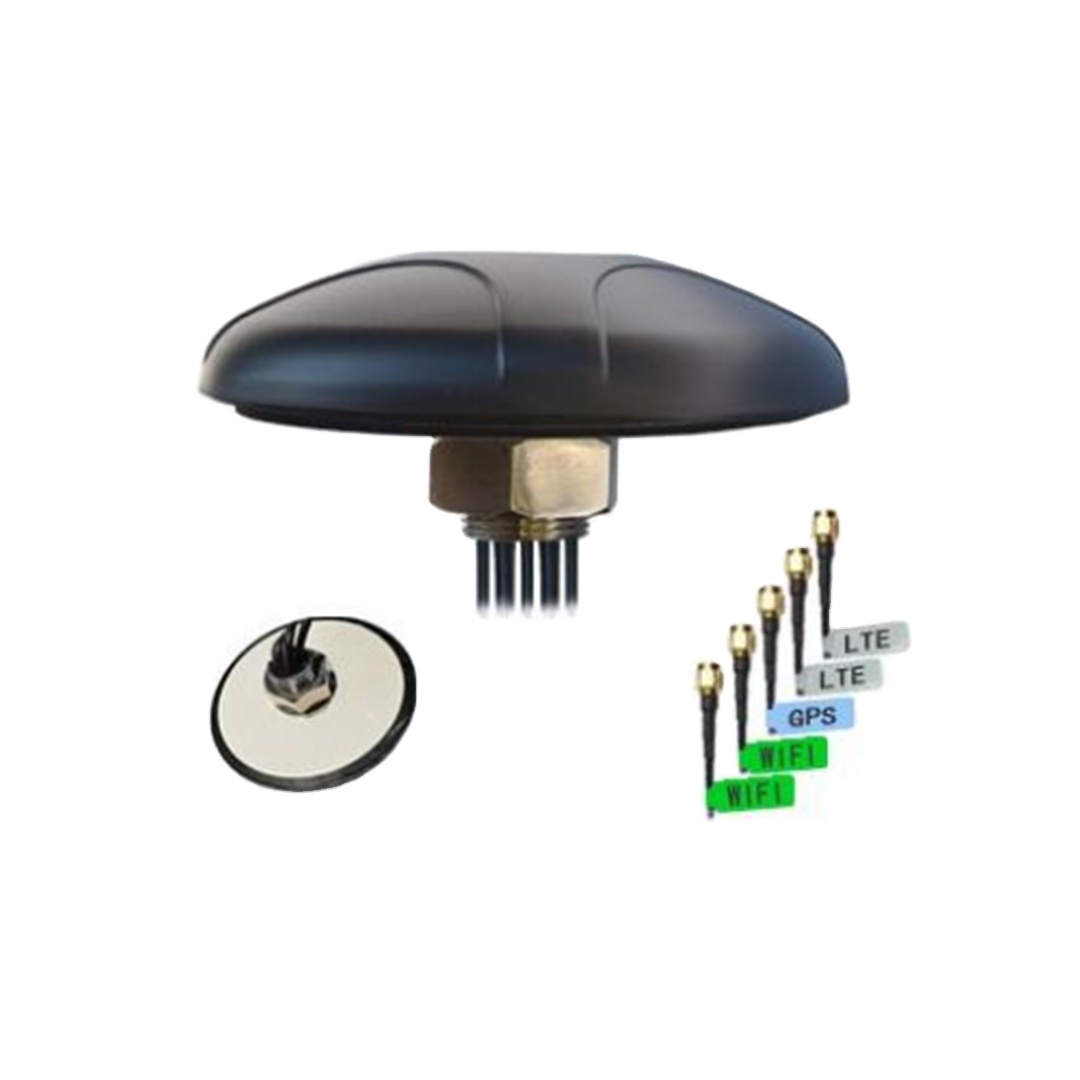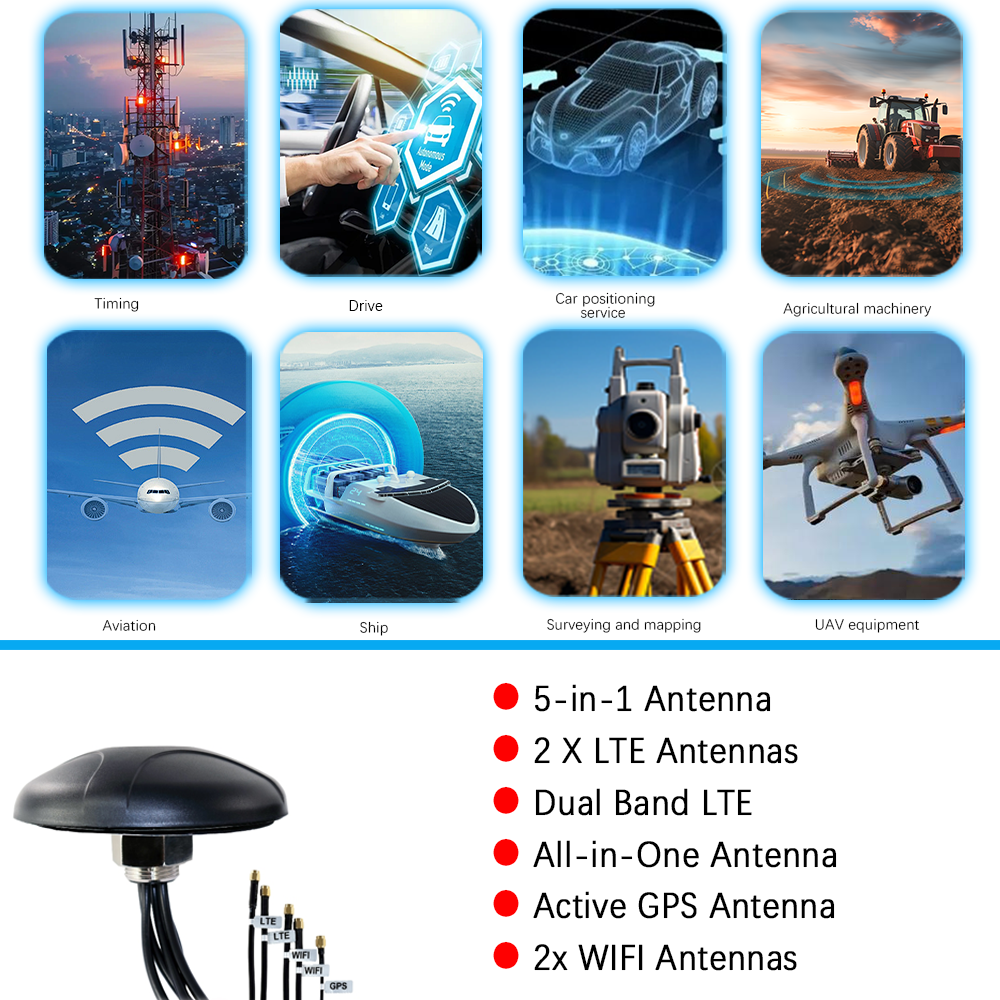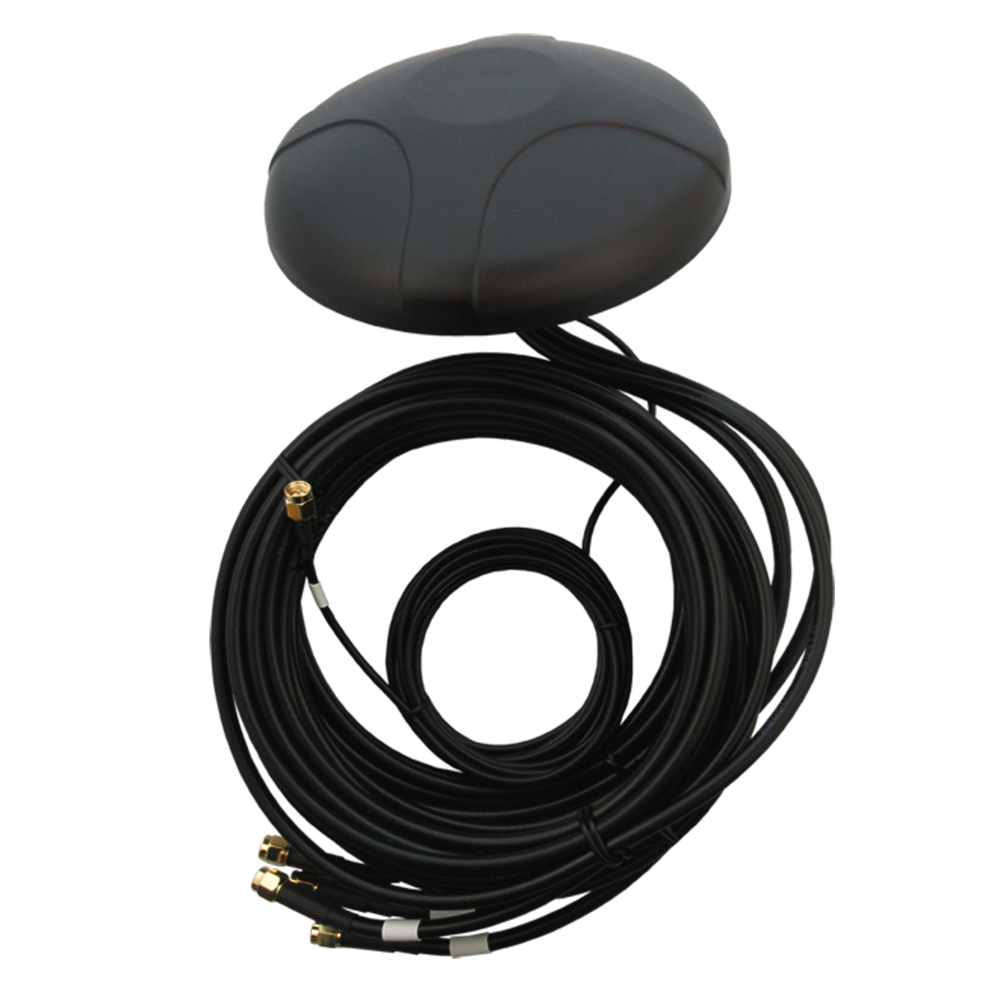5.1 Current Applications
5.1.1 Automotive Navigation
In the automotive industry, mushroom GPS antennas are an essential part of navigation systems. They provide accurate location information to the vehicle's navigation unit, allowing drivers to plan their routes and reach their destinations efficiently. The antennas are often integrated into the vehicle's roof or windshield. Some modern cars also use multiple GPS antennas to improve accuracy and reduce the effects of signal blockage. For example, in a multi - antenna system, one antenna can be used as a primary receiver, while the others can be used to detect and correct for signal interference.
5.1.2 Drone Navigation
Drones rely heavily on GPS for navigation and stability. Mushroom GPS antennas are used in drones to provide accurate position information. This allows the drone to maintain its altitude, fly in a straight line, and return to its take - off point. The compact size of the mushroom antenna is particularly beneficial for drones as it reduces the overall weight of the aircraft, which in turn improves its flight performance and battery life. In addition, the ability of the antenna to receive signals from multiple satellites helps the drone to operate in different environmental conditions, even in areas with some signal blockage.
5.1.3 Asset Tracking
In the logistics and supply chain industry, mushroom GPS antennas are used in asset - tracking devices. These devices are attached to valuable assets such as shipping containers, trucks, and trailers. The GPS antenna in the tracking device continuously sends location information to a central server, allowing companies to monitor the movement of their assets in real - time. This helps in improving supply chain efficiency, reducing the risk of theft, and ensuring timely delivery of goods.
5.2 Future Trends
5.2.1 Integration with Other Technologies
In the future, we can expect to see mushroom GPS antennas being integrated with other emerging technologies. For example, there is a growing trend towards integrating GPS with 5G and other wireless communication technologies. This integration can enable new applications such as real - time location - based services that require high - speed data transfer. In addition, the combination of GPS and artificial intelligence (AI) can lead to more intelligent navigation systems. AI algorithms can be used to analyze the GPS data along with other sensor data (such as accelerometer and gyroscope data) to provide more accurate and personalized location - based services.
5.2.2 Improved Performance in Challenging Environments
Manufacturers are constantly working on improving the performance of mushroom GPS antennas in challenging environments. This includes developing new materials and antenna designs that are more resistant to signal blockage and environmental factors. For example, research is being conducted on using metamaterials in antenna design. Metamaterials are artificial materials engineered to have unique electromagnetic properties. By using metamaterials, it may be possible to create antennas that can better penetrate through obstacles and operate more effectively in urban and indoor environments.
Conclusion
The mushroom GPS antenna with SMA connector has proven to be a versatile and important component in the world of GPS technology. Its compact size, wide range of applications, and reliable connection make it a popular choice for various industries. However, like any technology, it also faces challenges such as signal blockage and environmental sensitivity.
Despite these challenges, the future looks promising for mushroom GPS antennas. With the continuous integration of new technologies and the development of innovative designs, these antennas are expected to play an even more significant role in the future. Whether it's in improving the accuracy of navigation systems in autonomous vehicles or enabling new location - based services in the Internet of Things (IoT) era, the mushroom GPS antenna with SMA connector will continue to evolve and adapt to meet the changing needs of users. As research and development in this field continue, we can anticipate seeing more efficient, reliable, and versatile mushroom GPS antennas in the coming years.




































































 Language
Language
 En
En Cn
Cn Korean
Korean

 Home >
Home > 








 18665803017 (Macro)
18665803017 (Macro)













